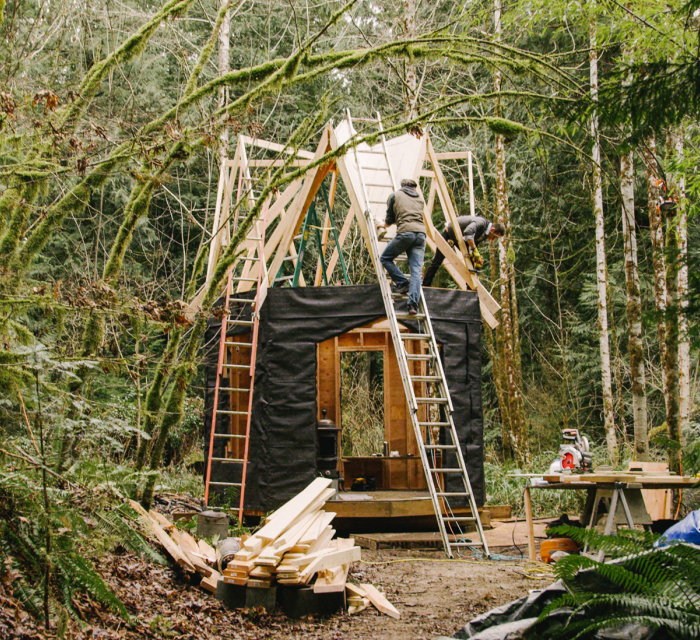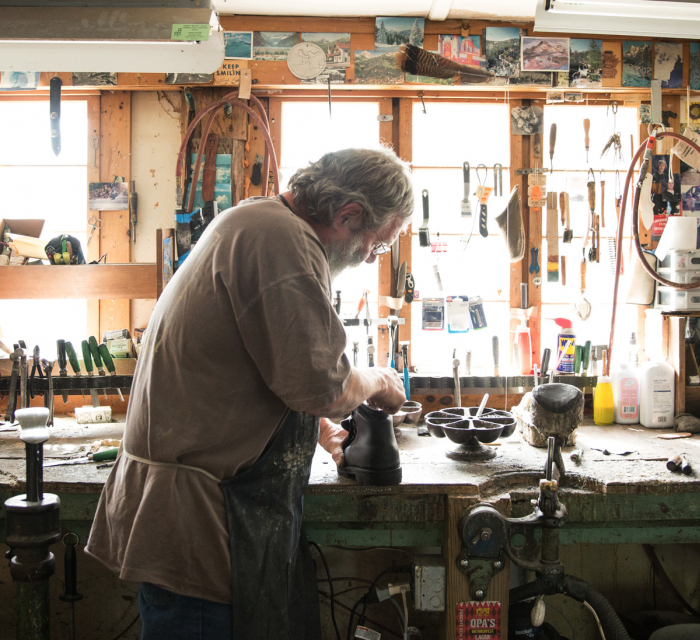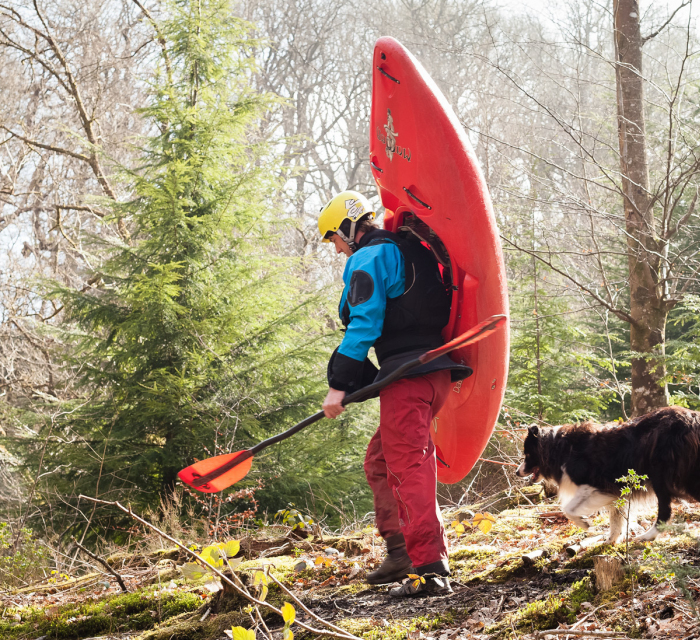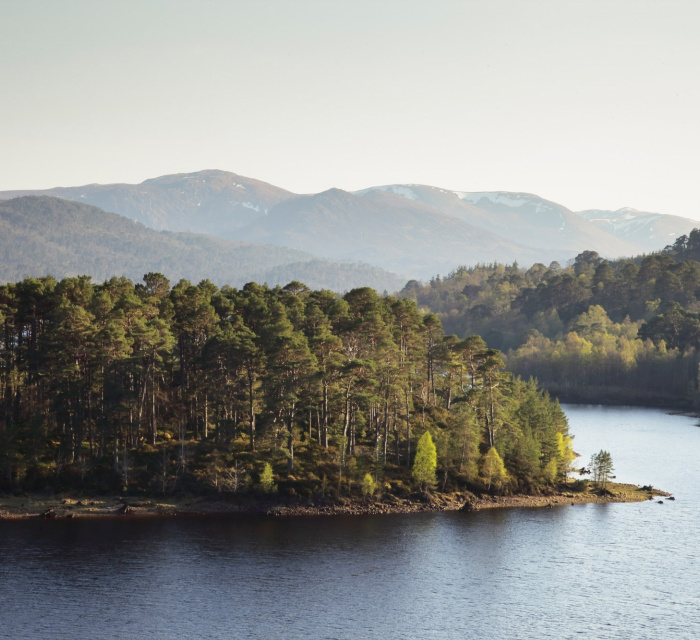Rainwater and snowmelt trickle in rills off a high plateau in the Pindus Mountains of north-west Greece. The water gathers momentum, tumbling over granite and limestone, carving its course through remote areas very few people have likely ever been. Clear-water tributaries join the flow, and the rushing river vivaciously channels through towering canyons, ancient woodlands, and a mosaic of habitats flourishing with life. Within its waters, fish thrive; amphibians and reptiles bask on the banks in the Balkan sun, and the invigorating riverine air is abuzz with aquatic insects; from the riparian trees, birdsong choruses, and overhead raptors soar. Soon the river spills onto alluvial plains, its channels snaking across the gravel riverbed like painterly brush strokes, meandering into wetlands, home to myriad bird species. The river passes small settlements of old stone and bucolic charm, quenching fertile lands worked by rural dwellers in much the same way they have for centuries. Upon a mountainous backdrop, the waters slow and calm until finally they pour out into the Adriatic Sea. This is the Vjosa River, which, in its ever-changing character, cuts 270 kilometres across the Balkans Peninsula from Greece to Albania. Remarkably, the Vjosa is considered the last large wild river in Europe.
The Balkans region, spanning countries and cultures between Slovenia and Greece, is home to many of Europe’s last free-flowing rivers. Dubbed “The Blue Heart of Europe”, nowhere else across the continent is it any longer possible to find such elaborate networks of wild rivers supporting such vibrant and abundant wildlife. Devastatingly, though, this bastion of European nature, including the revered Vjosa River, is earmarked for the same fate as the rivers of Central Europe. A bid for hydropower plans to strip the rivers of their vitality, disrupting watercourses established over aeons, and turning living rivers into contrived and controlled channels. An almost incomprehensible 3,000 hydropower projects are being planned, or are in the process of being built, across the Balkans region, in addition to the more than 1,000 that already exist there today. On the Vjosa alone, the Albanian government plans to build 38 hydropower schemes, and throughout Albania there are proposals to install over 500 dams and diversions. In Bosnia and Herzegovina, there are a whopping 300 new hydropower projects in the works on only 244 rivers. From country to country throughout the Balkans, it’s a similar story. Not one river in the region isn’t threatened by the “gold rush” for hydropower.









































